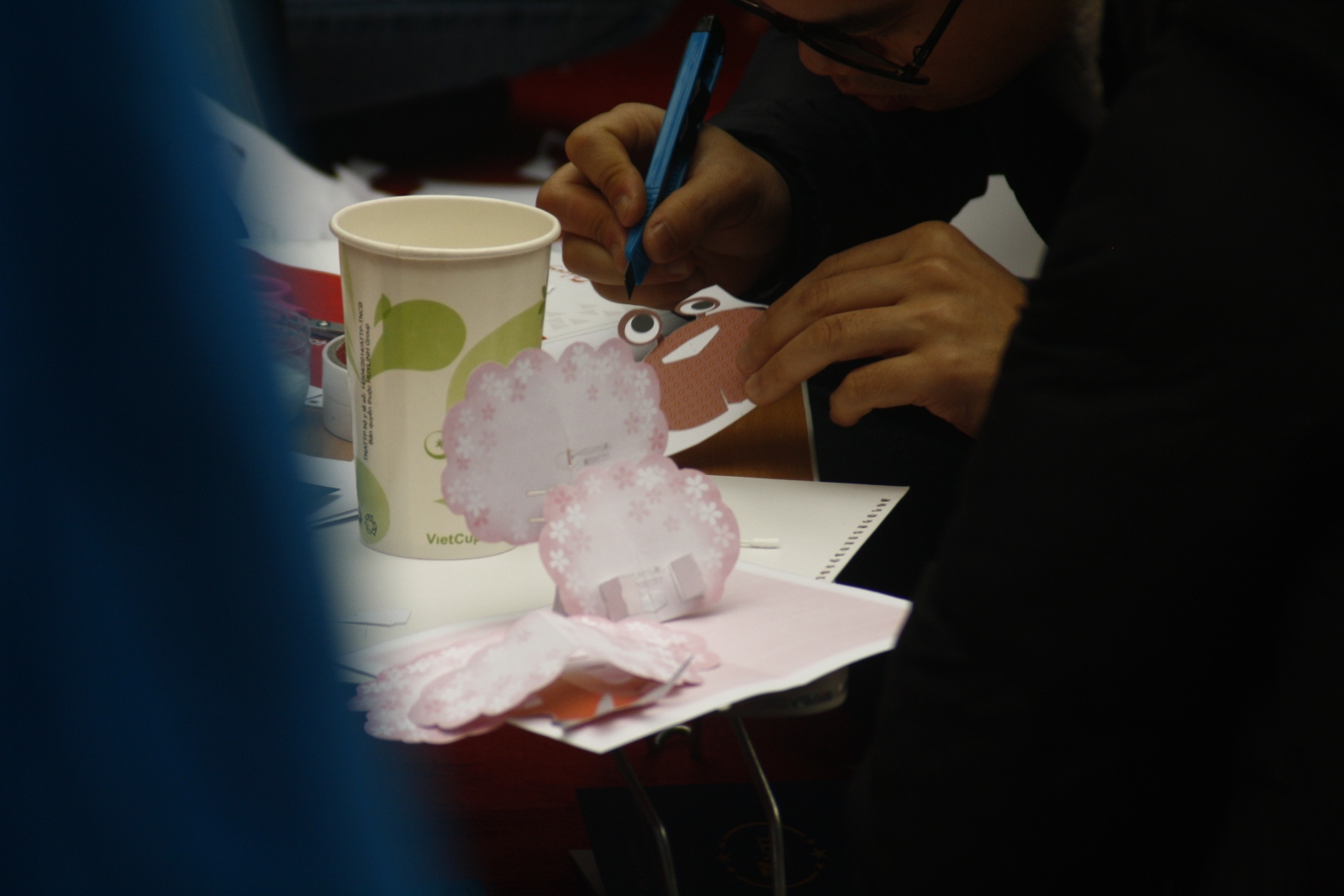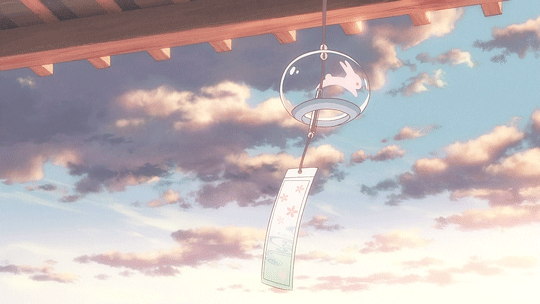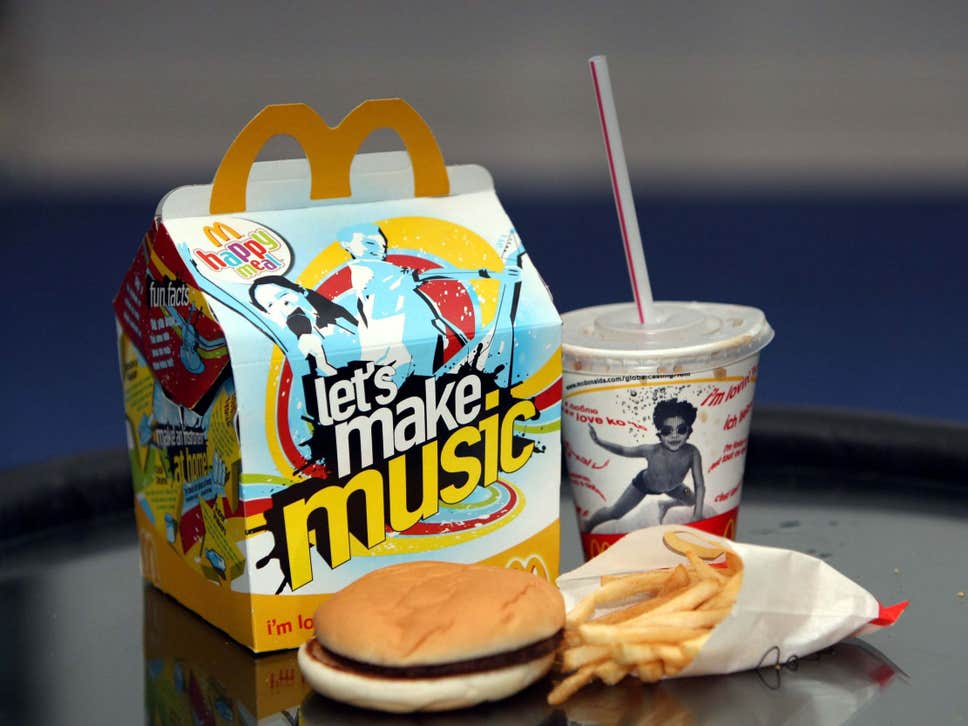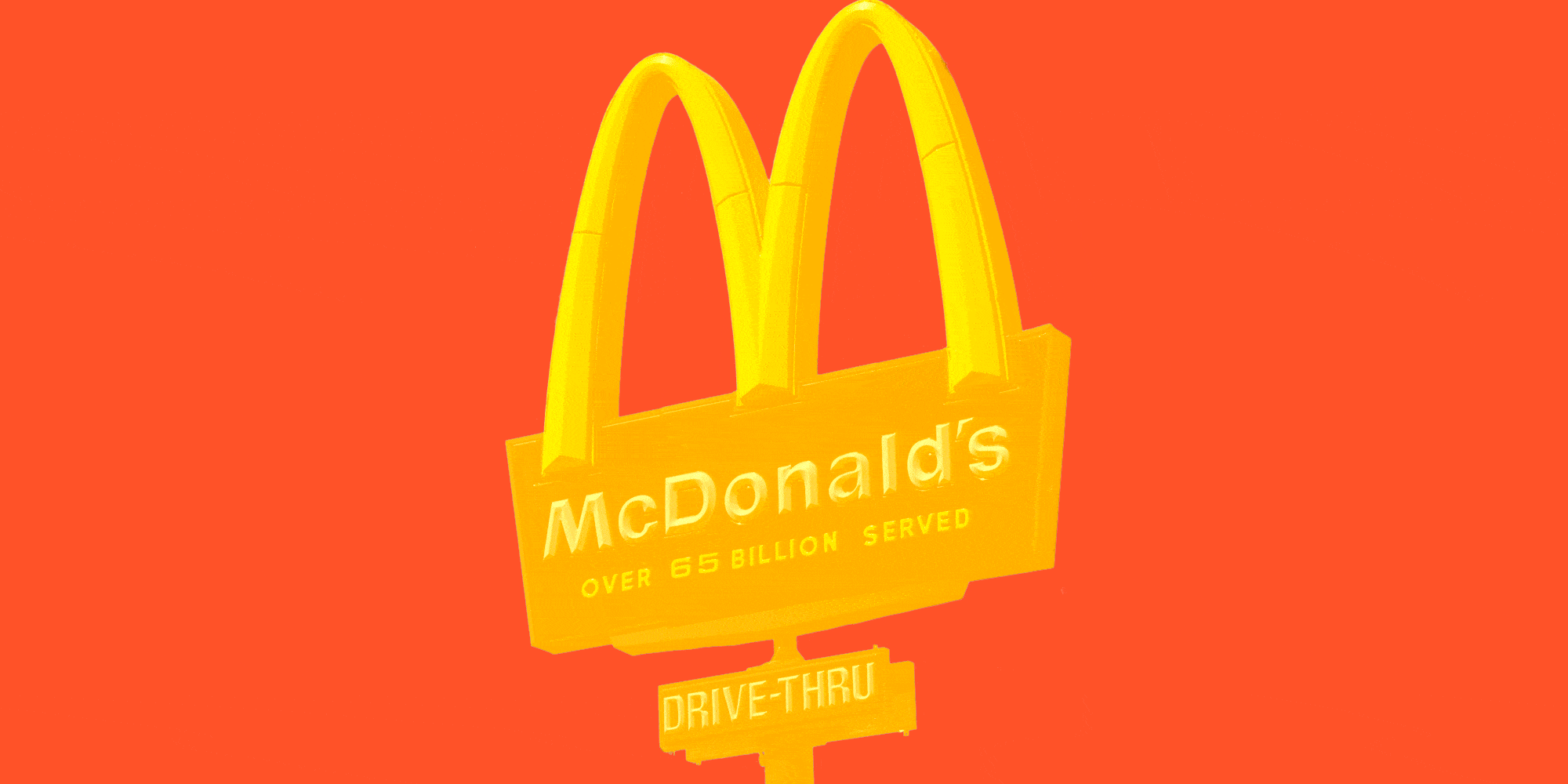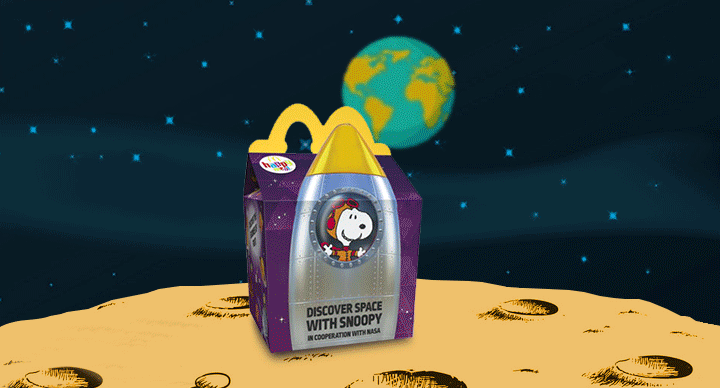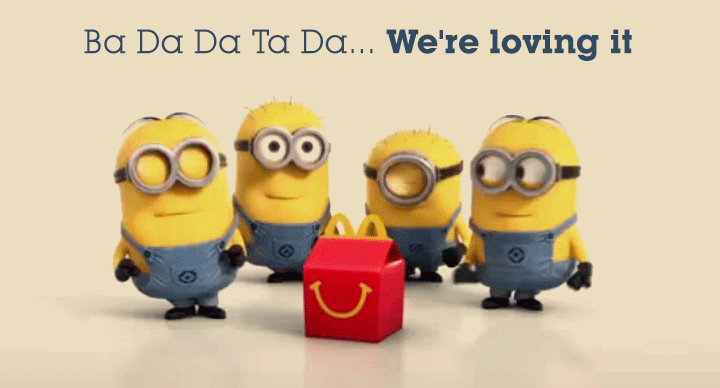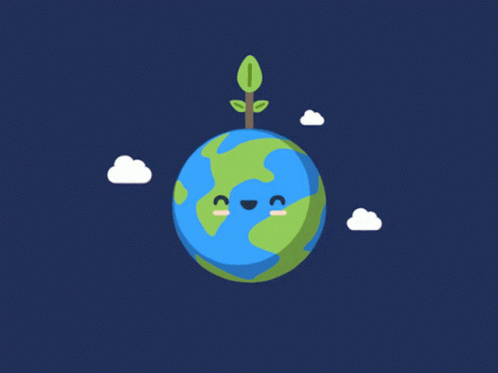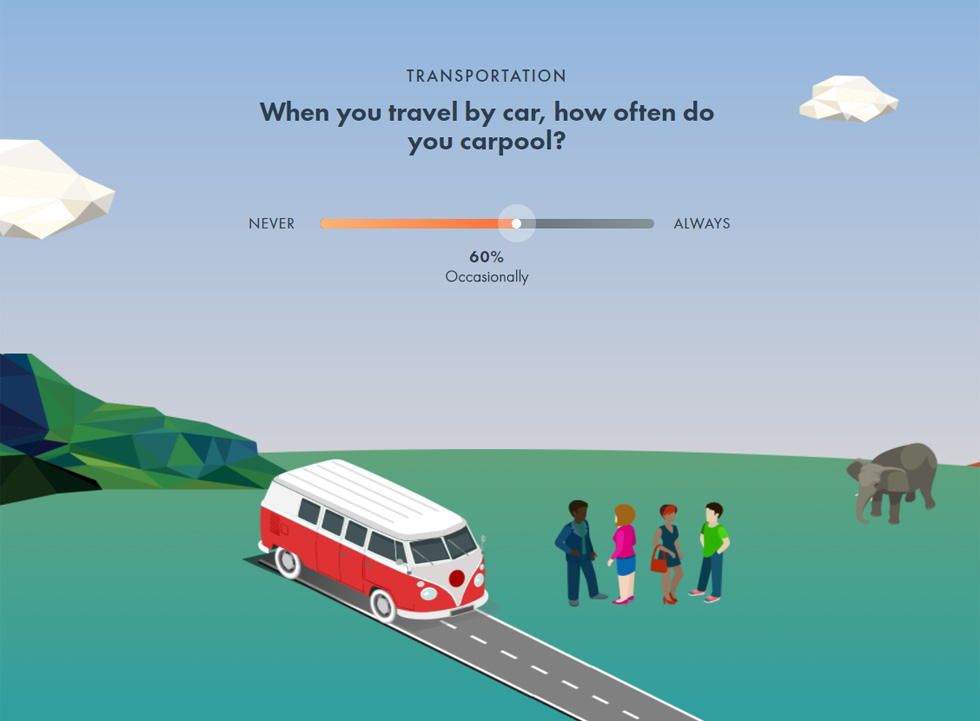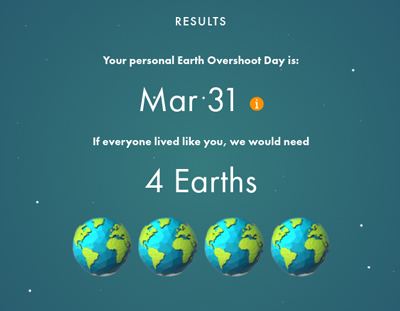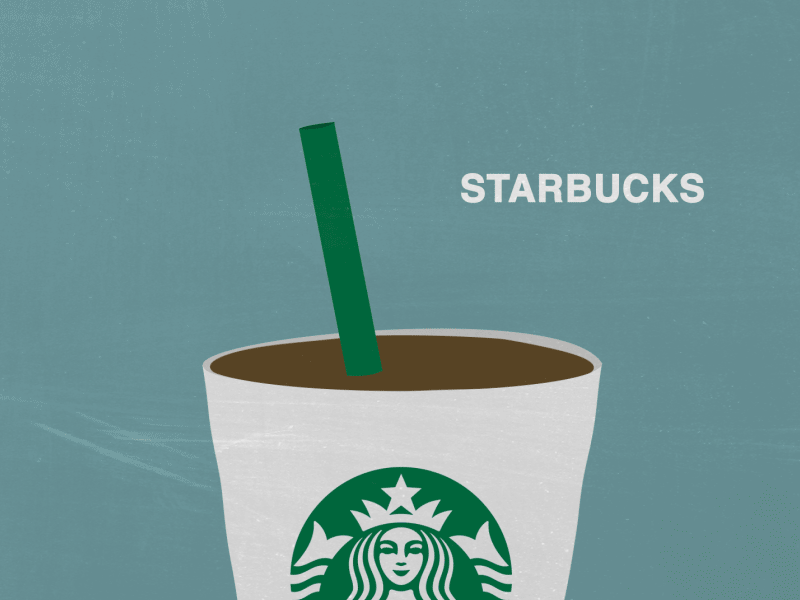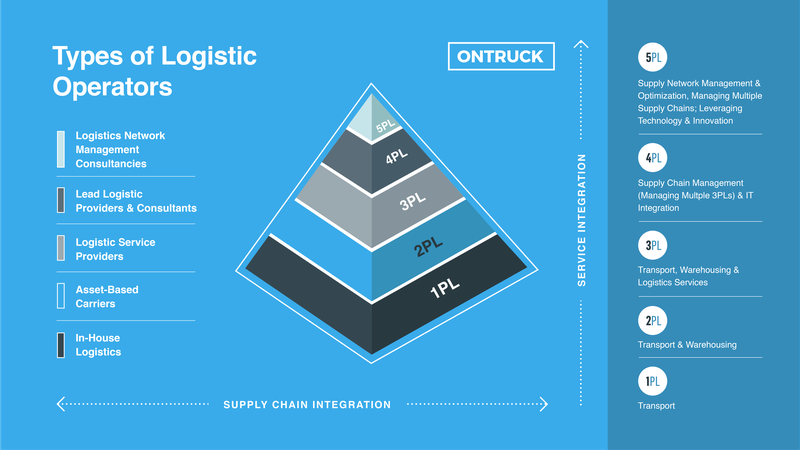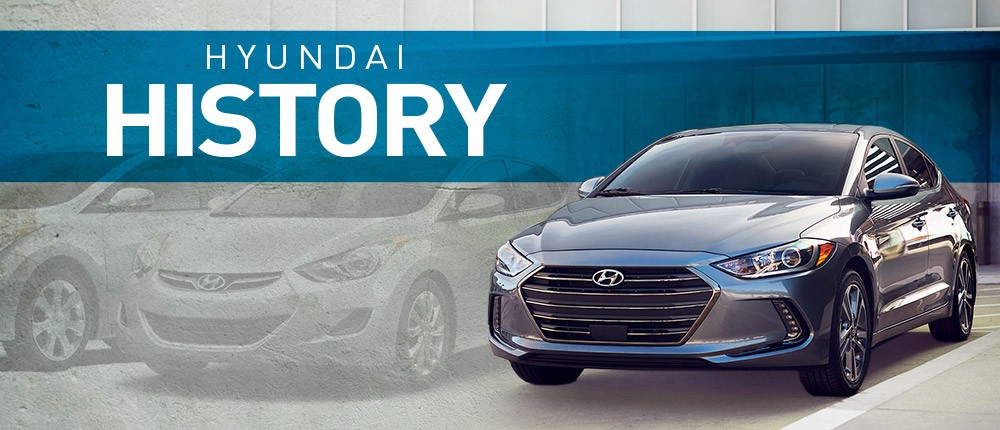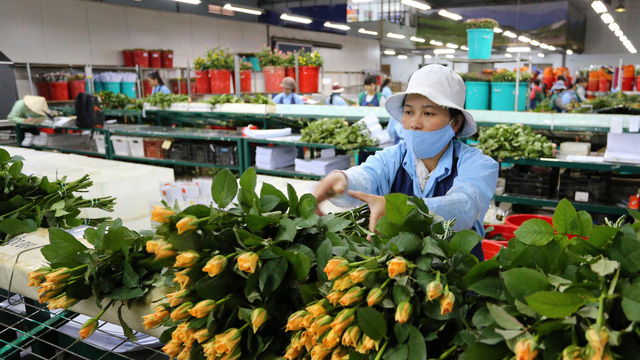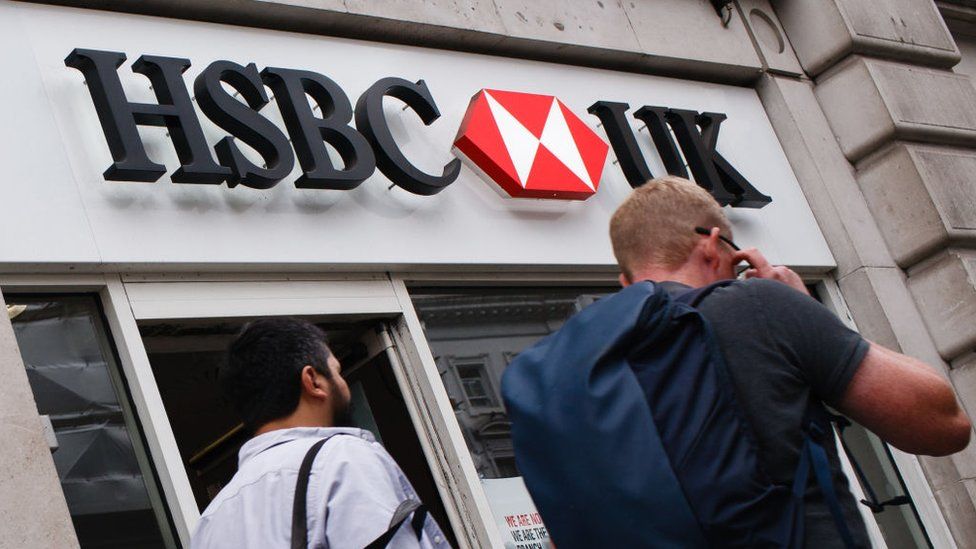Everyone is tired of hearing about millennials, particularly the millennials themselves. Every article you read or conference keynote you hear, the word millennials is either over-used or over-generalised. How to manage Millennials in the workplace? What are the consumer expectations of the Millennial Generation? What do Millennials want from life? All valid questions to ensure your business survives into the future, would it not be for the fact that the future (and your success) does not belong to them. That is the present.
The future belongs to Generation Z.

Ever since we labelled the post baby-boomers Gen X, we got lazy in terms of naming the generations that followed. Gen Y (millennials) followed Gen X, and true to form, those born after 1995-2000 are commonly referred to as Gen Z. We have officially run out of alphabet.
May I suggest to all fellow Gen X’ers that you play It’s the End of the World as you Know It LOUD for the remainder of reading this blog?
The reason I mention it is that it has a great and appropriate title, namely “It’s the End of the World as We Know it (And I Feel Fine)”. Generation Z will become the largest consumer group in the US and Europe by 2020. 40% of all the population. Oh Yes. And that’s only 2 years away. Be prepared for the end of how you do business (and do you still ‘feel fine’?)
So, if the future belongs to this Generation Z, don’t you think we should shift our focus to this future? The millennials might be driving the car, but the road ahead is very much Gen Z. Businesses that leverage the nuanced differences of this next generation will succeed and reap the benefits. Businesses that don’t, well, it will certainly be the end of ‘their world’. So, let’s take a look at some of the key learnings we can take from Gen Z thus far.
1. Instant is A Given 🚣♀️

Staying with the music analogies, perhaps Freddie Mercury was thinking about the future Gen Z when he sang “I Want It All and I Want it NOW”. It certainly is an excellent way of summing up their desires. You have to remember that the millennial generation grew up around technology, but still understand what ‘buffering’ is. They remember ‘waiting’ for downloads and connections. Gen Z don’t. To them, buffering is something a janitor does to a tiled floor. This is a Generation for whom Instant is the only acceptable answer. Google and Amazon were born before this generation.
They have grown up knowing instant, knowing immediate, knowing now.
Some have misunderstood this demand for NOW as meaning that this generation will be self-centered. That is wrong. This consumer group is simply hard-wired for everything to work seamlessly. While ‘Frictionless’ may have added value to Gen Y, it is simply a hygiene factor for Generation Z. Every element of your customer journey needs to be primed and ready to respond, 24-hours, 7 days. You need to predict their needs, be there and relevant when they need you to be, and meet their needs immediately.

The author heard a radio ad for Ulster Bank recently inviting younger consumers to take out a mortgage with them. Their communication was very clear. We are open late some evenings to facilitate you. We are different. Then he walked past a retail branch of theirs earlier in the week and took the following photo.
A bank that still thinks it is the 1980’s. Who closes for lunch today? For the one hour where consumers might actually have free time to leave their workplace and visit you for whatever administration task they need a branch for in the first place. And you close just then? To have a sandwich? Gen Z doesn’t mind though. They will have no time for banks anyway. They’ll have found a way around you.
2. Access v Ownership 🚣♀️

While millennials surfed the initial waves of the sharing economy, it will be Gen Z that will make it their own. This shift challenges much of the norms of consumerism today (namely that a producer makes something and then sells it to many, repeatedly). We are about to enter a new economic reality that is more based around ‘ACCESS TO’ as opposed to ‘OWNERSHIP OF’.
The idea of ‘consumption’ has been based primarily around individual ownership for previous generations. My house, my car, my CD collection. Tangible things that you owned, that you could touch, take with you if you moved. But in a world where Airbnb, Uber, and Spotify will give me ACCESS to those three things mentioned above, why would I want to own them? Why would I need the debt, the worries, or the responsibility related to ownership?
Gen Z is ready for this shift. They demand access to the things they need, but they don’t seem to really ever feel that inner desire to possess them as much as previous generations. The insecurities of the post-WWII Baby Boomers regarding material possessions have been fading with each new generation. We will continue to see new brands emerge giving these consumers what they want.
Look at Le Tote in the US, a clothing subscription service giving consumers a new look every month, always in-season and always on-trend. Every month you send back what you had ‘access to’ last month and receive your new ‘look’ for the next month. Who wants loads of clothes taking up space in your wardrobe permanently, half of them out of season, and more that you have only ever worn once anyway?. Gen Z will not own when they don’t have to.

3. Freedom to Be Me 🚣♀️

Previous generations have had to fight for real freedoms. Political, social and racial freedoms. While such struggles still exist, Gen Z are seeking new freedoms. They are the first generation to truly grow up inside the network. YouTube, Instagram, and Snapchat. Followers, Likes, and Subscribers. They are plugged in to, and the curators of, a global network. They are true believers in the ‘anything is possible’ mantra. How could they not be growing up in a world where technology continues to astound, break new molds and make the impossible possible.
The freedom they seek is about being themselves, not part of a system but the designer of their own. They want geographical freedom (to live wherever they want, to change those desires regularly and to have the freedom to do this. House ownership doesn’t fit into that so who needs a mortgage?). The author recently stayed in an Airbnb apartment let by a girl who in turn sublets. She covers her own rent (and more) by letting 2 rooms out on Airbnb. She said she wants the freedom to move when she wants to, and she can never see why should buy a place. She likes her ‘freedom’.
A desire for financial freedom also follows. Fewer possessions (house or car) means less of a financial strain and more fluidity in your life. This generation values making your own way, and may be our most entrepreneurial ever. They want new ways of working, new ways of earning money, and new ways of spending it. Brands that offer a taste of these freedoms through their ethos will appeal to Gen Z. Gen X consumers will have several jobs across their career. Gen Z is likely to have several completely different careers. They are the architects of their own freedom. For example, the pension industry has a product built around saving for 30-40 years and then cashing out at the end. That is not going to work for Gen Z. They are going to need a product that will facilitate multiple cash-out points along their lifetime. These new freedoms challenge some of the fundamentals.
4. We Own The World (My Voice is Valid) 🚣♀️

I love YouTube, and not just for the cat videos. It’s tag-line is the ultimate metaphor for this generation. “Broadcast Yourself”. This generation, thanks to YouTube and the network, feel they have a voice, a global one.
The author’s 10-year-old son launched his YouTube channel this month (he has 11 subscribers … he is looking for more!). His vlogs feature the usual trampoline flips, scooter stunts, fidget spinner tricks… you know, all the things 10-year-old boys do. The difference now is he shares this with the world.
I have spent some time researching all of this as I am fascinated by their motivation. It is partly standard peer positioning, something all teens and children have done in every generation. Keeping up with the gang. However, there is something different going on. The author’s son and his friends don’t just do it because they want the likes, the followers and the attention (but they do of course!). They do it because they feel they have as much to say as anybody else on YouTube. And there you have it. The Eureka moment.

Previous generations looked up to their idols, dreamt about being them. This generation not only believe they can ‘be like them’, they already feel they are. It is not a sense of entitlement they feel but a sense of ownership. This is their world and they are taking control. Their voice is as valid as everyone else’s. Their opinion counts too. They might idolise some of the more famous You Tubers, but on YouTube, everyone gets to have a say.
Now hopefully most of you can see the direct implication that that cultural shift will have on brands and business. The voice of the consumer is now as loud, if not louder, than the corporate. They expect to be listened to and conversed with like never before. This generation believes you should listen to them. Co-creation will become the norm in product development. Cooperative business models are a clear fit. Gen Z will talk and you will listen.
5. ‘We’ Not ‘Me’ 🚣♀️

If millennials were often blamed for being the selfie ‘me-generation’, then Gen Z are more ‘WE than ‘ME’. They are likely to be the most pluralist generation of all time. By the age of 15, they will have curated an impressive digital social network that is most often international, and less skewed by any one colour, race, creed or gender. Those coloured borders on the world map mean less on YouTube or Snapchat. They are more likely to live in a One World Reality more so than any previous generation.
This ‘we’ mentality bodes well for our future. Imagine these consumers as the politicians of 2040. If you are reared as a pluralist, then hopefully the social biases of previous generations will not have as big an impact on policy. But for business, this also bodes well.
We referred to co-creation earlier but the WE generation is also more community focused, more concerned about those around them. They inherently understand that there is a big world out there and they are only a small part. They have grown up inside the mega network. So not only do they know they have a voice, they also believe they can use it for change. As they mature and take ownership of this voice, its power will become clear.
To date, much of what we know as ‘corporate responsibility’ have been policies designed and run by Baby Boomers and more recently Gen X. They feel they need to be seen to ‘be doing something’ but they always first answer to the shareholders. It is profit first, that is the system that was built. But what happens when the shareholders themselves demand something different? What happens when middle-management is Gen Z and the board are all millennials? When the shareholders themselves are Gen Y & Z. That is just 10 years away. We may have an interesting alignment of what consumers want, what corporate can give and society demands.
Fundamentally, Gen Z are the future. But of course, they are already being replaced. The Alpha Generation are those being born 2015+ (I know, it is lazy isn’t it … you get to the end of the alphabet so you just start again!). They have also been referred to as Gen Tech but I think Gen Z are already that. Whatever they are finally named, what is clear is that the very nature of consumerism, social and cultural norms and human motivation will continue to shift, faster and faster.
Any business that wants to be here in 10 years’ time needs to take heed. Whatever business models have worked in the past, Gen Z might just laugh at them, like that bank closed for lunch. Don’t be that bank.
Source: zoovu.com. This article was originally featured on kenhughes.info

